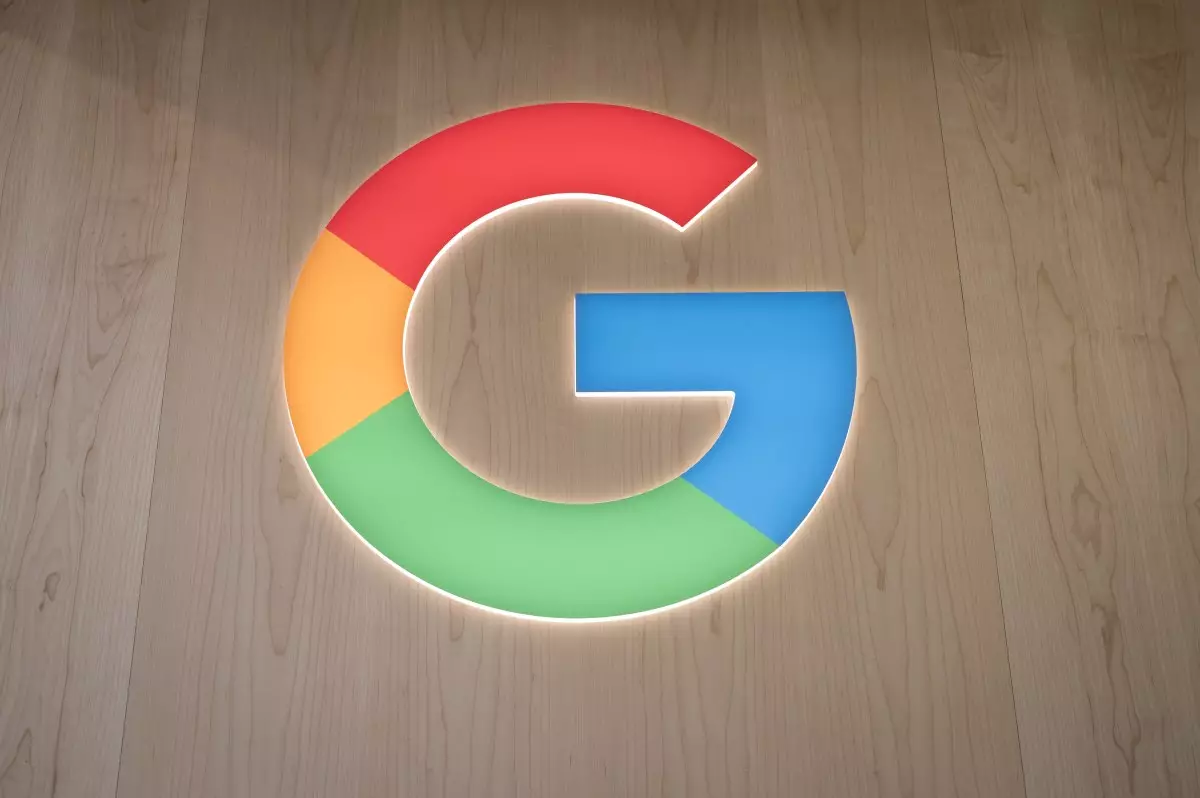Starting next week, Google Photos will implement a new transparency initiative regarding images edited using its AI features, including innovations like Magic Editor, Magic Eraser, and Zoom Enhance. Users will find additional information about any alterations made through AI when they access the “Details” section of a photo. This feature aims to provide a clearer understanding that these images contain AI enhancements. While the company claims this move is designed to enhance user transparency, critical questions arise about the effectiveness and practicality of such a disclosure.
Google’s initiative has garnered attention for being a necessary but superficial step toward clarity in digital image manipulation. Despite the incorporation of a notification that identifies AI edits within the photo’s metadata, the lack of prominent visual indicators remains a significant flaw. The absence of immediate, visible watermarks means users can still encounter AI-edited images on social media or other platforms without an instant understanding of the modifications made. This gap poses risks, particularly since many individuals casually scroll through images without actively seeking detailed information embedded deeper within the app.
Moreover, it is essential to recognize the growing cultural implications of AI-edited photography. As these tools become more widespread, the ability to differentiate between authentic and artificially enhanced imagery may wane, leading to broader consequences in areas like journalism, art, and social interaction. Google’s existing approach, primarily relying on metadata disclosures, could leave users vulnerable to misinformation or manipulation, as the nuances of image authenticity become blurred.
Challenges in Identifying AI-Edited Content
Despite the intentions behind the new disclosures, there are challenges that are difficult to ignore. The fundamental issue stems from how users interact with images online. For example, when viewing photos shared on various platforms, it is unlikely that many viewers will take the time to delve into the metadata. As Google acknowledges through its new feature, the existence of AI enhancements simply isn’t something most users actively investigate.
The disconnection between digital behavior and the availability of detailed information casts doubt on the efficacy of such disclosures. Although Google is attempting to provide additional transparency and inform users about AI modifications, the reality is that most users will likely continue to overlook these details. Furthermore, the expectation that platforms will uniformly adopt similar practices to label AI content does not inspire confidence, especially given the current variability in digital content management.
While pushing for better labeling methods, the conversation invariably returns to the potential introduction of visual watermarks. Although proponents argue that watermarks could enhance transparency, critics point out that they aren’t a foolproof solution. For one, the very nature of digital edits allows for cropping or manipulating images to remove such indicators, which may inadvertently defeat the purpose of marking them as AI-generated.
Nevertheless, the commonality of cropping could highlight another layer of user behavior, where the perception of authenticity may rely on how much effort individuals invest in reviewing the content they consume. As audiences become increasingly accustomed to visually appealing yet artificially modified images, this creates a complex relationship between aesthetics and truth in digital media.
Ultimately, while Google’s new AI-editing disclosure feature is commendable, it exposes significant gaps within user experience and awareness. The initiative aims to improve transparency but falls short when it comes to meaningful, user-friendly strategies for recognizing AI-modified images. As the dialogue surrounding AI in media grows, companies like Google have a responsibility not only to innovate but also to ensure that their users are adequately informed and equipped to navigate the intricacies of digital content. Moving forward, a blend of user-centered practices and ethical standards will be critical as the boundaries of reality and authenticity continue to evolve in the age of AI.

